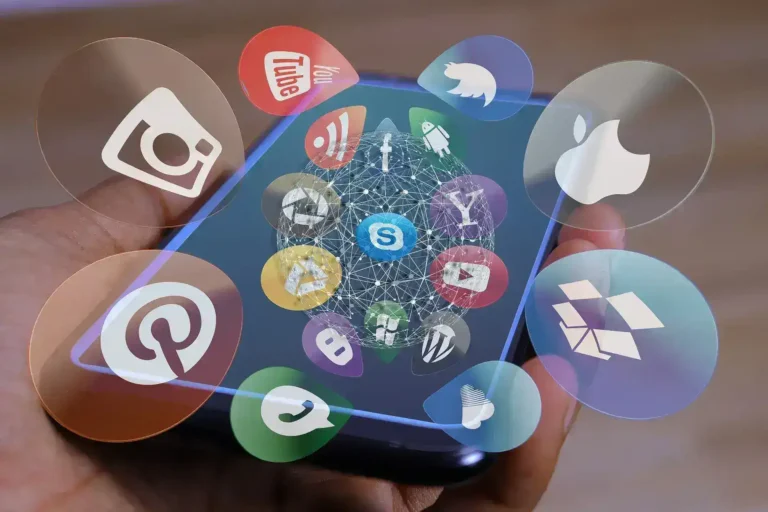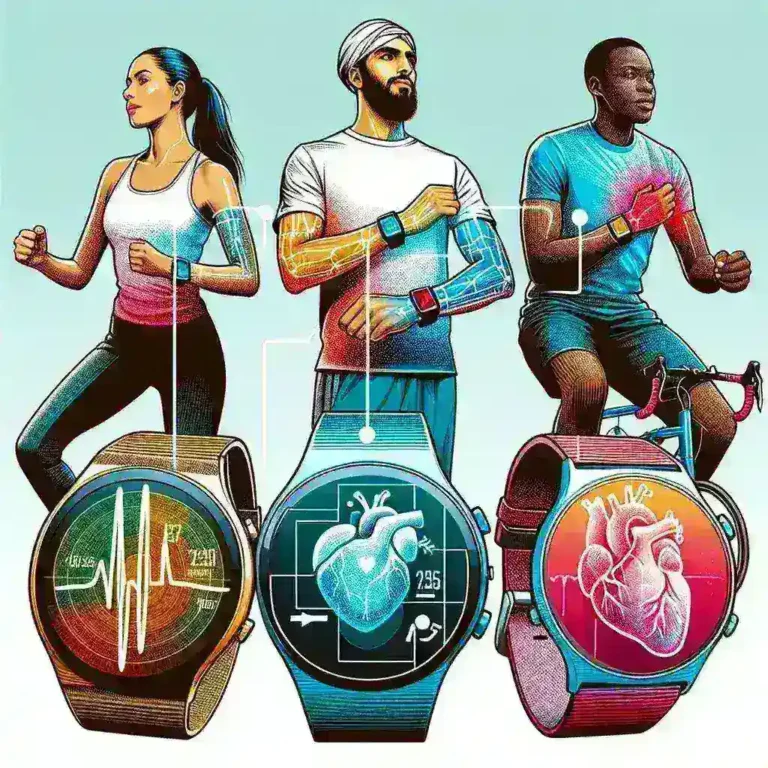How 3D Printing Is Revolutionizing Manufacturing and Healthcare
Ever wondered how a digital design can transform into a tangible object? That’s the magic of 3D printing! At its core, 3D printing, or additive manufacturing, involves creating three-dimensional objects layer by layer from a digital model. This revolutionary technology has a fascinating history that began in the 1980s with Chuck Hull’s invention of stereolithography. From its early days, 3D printing has evolved remarkably: in the 1980s, stereolithography set the stage for future advancements; the 1990s saw new methods like selective laser sintering (SLS) and fused deposition modeling (FDM); the 2000s brought consumer market expansion and material innovations; and the 2010s introduced industrial applications and bioprinting. 3D printing operates by layering material based on a digital blueprint, akin to sculpting by adding thin layers. It starts with a 3D model created in computer-aided design (CAD) software, which is then sliced into thin layers that guide the printer in building the object with high precision and the ability to create complex shapes that traditional manufacturing methods can’t achieve.
The Impact of 3D Printing on Manufacturing
Revolutionizing Traditional Manufacturing Processes
3D printing is shaking up traditional manufacturing in multiple ways:
Customization and Personalization
One of the standout features of 3D printing is its ability to offer customization and personalization. This technology enables the creation of bespoke products tailored to individual needs, which was once costly and impractical. Examples include:
- Bespoke Jewelry: Customized designs that match personal tastes and preferences.
- Custom Tools: Precision tools designed for specific industrial applications.
- Personalized Consumer Goods: Custom-fit clothing and accessories.
Reducing Production Costs
Traditional manufacturing often involves expensive molds and tooling, especially for low-volume production. 3D printing eliminates these costs by allowing manufacturers to produce items directly from digital files. This reduction in costs is especially significant for small-batch production and prototyping.
Speed and Efficiency
Speed is another major advantage. 3D printers can rapidly produce prototypes and final products, significantly shortening development cycles. This agility means companies can quickly adapt to market changes and customer demands. For instance:
- Rapid Prototyping: Accelerates the design process and speeds up time-to-market.
- On-Demand Production: Reduces the need for large inventories and overproduction.
Innovations in Materials
The evolution of materials used in 3D printing has expanded its capabilities and applications:
Advanced Polymers
The development of advanced polymers has enhanced the functionality of 3D printing. These materials offer improved strength, flexibility, and durability. Some notable examples include:
- Nylon: Known for its strength and flexibility.
- Polycarbonate: Offers high impact resistance.
- TPU (Thermoplastic Polyurethane): Provides excellent elasticity and durability.
Metal 3D Printing
Metal 3D printing is making waves in industries like aerospace and automotive. This technology allows for the creation of complex metal parts with excellent mechanical properties. Key advancements include:
- Selective Laser Melting (SLM): Melts metal powders to build dense, high-strength components.
- Electron Beam Melting (EBM): Uses an electron beam to melt metal powders in a vacuum environment.
Biodegradable and Sustainable Materials
As environmental concerns grow, the focus on biodegradable and sustainable materials in 3D printing is increasing. Innovations in eco-friendly materials are helping to reduce the environmental footprint of manufacturing processes. Examples include:
- PLA (Polylactic Acid): Derived from renewable resources like corn starch.
- Recycled Plastics: Utilizes post-consumer waste materials.
3D Printing in Healthcare
Customized Medical Devices
3D printing is transforming healthcare by enabling the creation of highly customized medical devices tailored to individual needs. This technology allows for the precise design and production of medical devices, improving their effectiveness and patient comfort.
Prosthetics and Orthotics
Custom prosthetics and orthotics are now more accessible thanks to 3D printing. Traditional prosthetics and orthotics often involved lengthy fittings and adjustments, which could be uncomfortable and imprecise. 3D printing has revolutionized this field by enabling the creation of devices that perfectly match a patient’s unique anatomy. This technology not only enhances comfort but also improves the functionality of these devices.
For example, custom prosthetics can be designed to match the exact shape of a limb, reducing friction and improving mobility. Similarly, orthotics can be crafted to provide better support and alignment, which is crucial for conditions like flat feet or spinal deformities.
Custom Surgical Instruments
The ability to tailor surgical instruments to the specific needs of a procedure is another significant advancement made possible by 3D printing. This customization allows for the creation of highly specialized tools that can enhance the precision of surgical interventions and improve overall outcomes.
3D-printed surgical instruments can be designed with specific features, such as ergonomic handles or specialized tips, to match the requirements of complex surgeries. This leads to reduced procedure times and increased efficiency, as surgeons can use tools that are perfectly suited to their needs.
Bioprinting and Tissue Engineering
Creating Tissue Models
Bioprinting, a cutting-edge field where 3D printing intersects with biology, is making strides in creating tissue models. These models are used for drug testing and disease research, offering a more accurate representation of human tissue than traditional in vitro models.
Bioprinting involves printing layers of living cells to build up complex tissue structures. These tissue models can mimic the properties of real tissues, providing valuable insights into how drugs interact with biological systems and how diseases progress. For instance, researchers can use bioprinted liver tissue to test the effects of new medications on liver function.
Advancements in Organ Printing
While the goal of printing fully functional organs is still in development, significant progress is being made in creating simpler structures like blood vessels and tissue patches. These advancements are crucial steps towards the eventual goal of organ printing.
Blood Vessel Printing
Creating vascular networks is a key challenge in tissue engineering. 3D printing technology is now being used to develop intricate blood vessel structures that can support the growth of larger tissue constructs. This capability is essential for creating functional organs and for improving the outcomes of tissue grafts.
Tissue Patches
Another area of advancement is the development of tissue patches for repairing damaged tissues. These patches can be used in various medical applications, from treating wounds to repairing cardiac tissue. By using 3D printing, researchers can create patches that precisely match the size and shape of the damaged area, promoting better healing and integration with surrounding tissues.
Enhancing Patient Care and Recovery
Personalized Implants
3D-printed implants are revolutionizing orthopedic and dental procedures by providing customized solutions that fit a patient’s specific anatomy. Unlike standard implants, which may require multiple adjustments, 3D-printed implants are designed to match the patient’s unique characteristics, leading to better integration and improved outcomes.
Comparison of Standard vs. Customized Implants
| Feature | Standard Implants | Customized Implants |
| Fit and Comfort | May require adjustments | Perfectly tailored to patient’s anatomy |
| Integration with Tissue | Variable | Enhanced integration and reduced rejection risk |
| Production Time | Longer due to adjustments | Reduced due to precision manufacturing |
| Cost | Generally lower | Potentially higher due to customization |
3D Printed Surgical Planning Tools
Surgeons are increasingly using 3D-printed models of patients’ anatomy to plan complex surgeries. These models provide a tangible, accurate representation of the patient’s unique anatomical features, which aids in preoperative planning and improves surgical outcomes.
Benefits of 3D Printed Surgical Models
| Benefit | Description |
| Preoperative Planning | Allows surgeons to visualize and rehearse procedures |
| Enhanced Accuracy | Provides precise representation of patient anatomy |
| Training and Education | Used as educational tools for medical professionals |
| Reduced Operation Time | Helps in streamlining procedures and reducing overall surgery time |
By leveraging 3D printing technology, healthcare professionals can enhance patient care, improve surgical precision, and accelerate the development of new medical treatments and devices.
Challenges and Limitations
Technical and Operational Challenges
Precision and Quality Control
Maintaining precision and quality control can be challenging in 3D printing. Variations in material properties and printing conditions can affect the final product. Implementing rigorous quality control measures is essential to ensure consistent results. Key considerations include:
- Calibration: Regular calibration of printers to maintain accuracy.
- Material Testing: Assessing material properties to ensure suitability for specific applications.
Material Limitations
While there are many advances in materials, limitations still exist. Some materials used in 3D printing are not suitable for certain applications due to their mechanical properties or biocompatibility issues. Common limitations include:
- Strength: Some materials lack the mechanical strength required for specific applications.
- Biocompatibility: Not all materials are suitable for medical applications.
Regulatory and Ethical Issues
Safety and Compliance
As 3D printing technology evolves, so do the regulatory requirements. Ensuring that 3D-printed products meet safety and compliance standards is essential, especially in sectors like healthcare. Key regulatory concerns include:
- Certification: Obtaining necessary certifications for medical devices.
- Testing: Conducting thorough testing to ensure safety and effectiveness.
Intellectual Property Concerns
The ease of copying and modifying digital designs raises intellectual property concerns. Protecting designs and ensuring fair use of 3D-printed products are ongoing challenges in the industry. Issues include:
- Design Theft: Protecting proprietary designs from unauthorized use.
- Patent Issues: Navigating the complexities of patenting new technologies.
Future Prospects and Trends
Emerging Technologies in 3D Printing
Hybrid Manufacturing Techniques
Hybrid manufacturing combines traditional and additive methods, leveraging the strengths of both technologies to optimize production processes. This approach includes additive subtractive hybrid systems, which combine 3D printing with CNC machining for improved precision, and material integration, which utilizes multiple materials in a single build.
AI and Machine Learning Integration
The integration of AI and machine learning in 3D printing enhances automation and efficiency. These technologies optimize printing processes, predict potential issues, and improve overall quality. Applications include AI algorithms that optimize printing parameters and machine learning that forecasts maintenance needs.
Expanding Applications and Markets
Space Exploration
3D printing is increasingly significant in space exploration, where it is used to create parts and tools on demand. This capability is crucial for long-duration missions and exploration beyond Earth, enabling on-demand manufacturing of parts and tools and reducing launch costs by manufacturing components in space.
Consumer Goods
In the consumer goods market, 3D printing is making a notable impact. The technology allows for the creation of customized home decor items and personalized gadgets, including custom-designed furniture and custom-fit phone cases and accessories.







